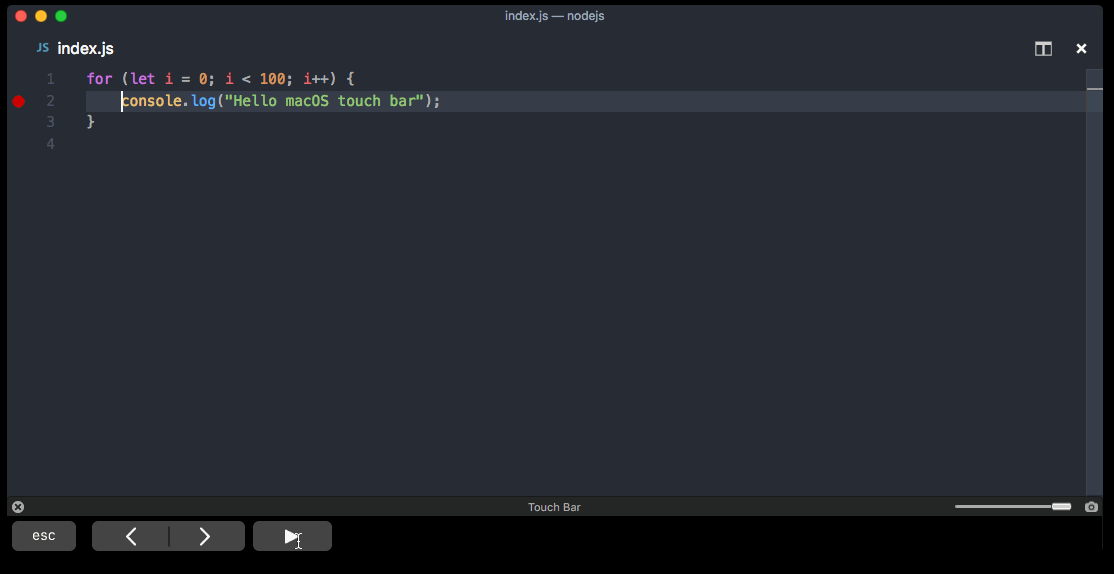Auto Root Tools For Mac Os X
Jul 05, 2017 Modern versions of Mac OS X no longer need you to repair disk permissions. However, that’s not the only issue that can occur with a disk or file system. Mac OS X contains a variety of tools for repairing disk, partition, and file system errors. These options work like chkdsk on Windows, checking for disk and file system errors and repairing them. You can perform a check from within Mac OS X, but it may sometimes be necessary to use recovery mode to fix problems. Download auto root tools for windows Download Root APK for android Gingerbread 2.3.3 - 2.3.7 2010 year, android Ice Cream Sandwich 4.0.3 - 4.0.4 2011 year, android Jelly Bean 4.1.x 2012 year, android Jelly Bean 4.2.x 2012 year, android Jelly Bean 4.3 2013 year, android KitKat 4.4 2013 year, android Lollipop 5.0 2014 year, android Lollipop 5.1 2015 year, android Marshmallow 6.0 2015 year. Jan 18, 2020 root: read, write; wheel: read; everyone: read; 3. In /etc/synthetic.conf, define the name(s) of the empty directory or symbolic link you want to have appear at the root level. After all desired entries have been made, save the /etc/synthetic.conf file. Restart the Mac to apply the changes. For example, /etc/synthetic.conf may look like this. Best free antivirus for Mac: Avast Free Mac Securityavast.com Many antivirus suites provide a decent level of protection, but a few rise above all others by providing the very best in performance.
Developer Lem Ergin has discovered a serious bug in macOS High Sierra that allows anyone log into an admin account using the username “root” with no password. As per reports, it works when anyone attempts to access an administrator’s account on an unlocked Mac. Besides, it also allows access to the login screen of a locked Mac.
Update: Apple has released Security Update 2017-001 to fix the bug that enables access to the root superuser account with a blank password on any Mac running macOS High Sierra 10.13.1.
Apple is already aware of this bug and has issued a temporary solution to the problem.
“We are working on a software update to address this issue. In the meantime, setting a root password prevents unauthorized access to your Mac.” – Apple
How to Enable Root User on Your Mac Running macOS High Sierra
Step #1. First off, you need to click on Apple menu at top left of the screen and then select System Preferences.
Step #2. Click on Users and Groups.
Step #3. Next, click on the Lock icon.
Then, you have to enter your admin Password and click on Unlock.
Step #4. Next up, click on Login Options. Then, click on Join or Edit.

Step #5. Click on Open Directory Utility.
Now, you have to click on the Lock icon.
Next, enter your Password again and click on Modify configuration.
Step #6. Click on Edit in the menubar and then click on “Enable Root User.”
Step #7. Finally, you need to enter and confirm your Root User Password. Ensure that password is strong.
You can also use the command line to create your Root User Password quickly.
How to Create Root User Password on Mac using Terminal
Step #1. Launch Terminal. (Simply open Spotlight Search → Type Terminal → Open it)
Step #2. Now, you need to type: sudo passwd -u root
Step #3. Now enter the Mac System password.
Step #4. Now, you need to enter and confirm your Root User Password.
Make sure not to disable the Root User as it will blank the password and let the bug work again.
That’s it!
Wrapping up:
Apple will soon release a permanent fix for this bug. In the meantime, use this solution to shield your Mac.
Have any feedback? Shoot it in the comments below.
Mac Os Enable Root
You may want to read these posts as well:
Jignesh Padhiyar is the co-founder of iGeeksBlog.com who has a keen eye for news, rumors and all the unusual stuff that happens around Apple products. During his tight schedule, Jignesh finds some moments of respite to share side-splitting contents on social media.

- https://www.igeeksblog.com/author/iosblogger/
- https://www.igeeksblog.com/author/iosblogger/How to Share Purchased Apps Between iPhones and iPads
- https://www.igeeksblog.com/author/iosblogger/
- https://www.igeeksblog.com/author/iosblogger/
By default Mac doesn’t show you the Root directory in Finder or Desktop. In this guide, I will show you how to access the root directory in Mac, there are several ways to do it. I will also tell you how to see the hidden directories in root directory.
Method 1: Show Macintosh HD in Finder and Desktop
In Mac, the root directory can also be referred as Macintosh HD as this will show you the root directory files and folders. By default you won’t find it in Finder and desktop as most of the users do not need to access the system files and folders. However you can change the settings in Finder Preferences to show it in Finder sidebar and as an icon on desktop.
To do this: Open Finder, go to Finder Preferences from the top finder menu and check the Hard disks option in General tab. This will show the Mac HD on Desktop.
To show the Mac HD in Finder sidebar: Open Finder, go to Finder Preferences from the top finder menu and go to Sidebar tab then check the Hard disks sub option listed under Devices. This will make the Macintosh Hd visible in finder sidebar.
Note: Refer this guide to read this in detail along with the screenshots: Show Mac HD in Finder and Desktop.
Method 2: Go To Folder option in Finder
Auto Root Tools For Mac Os X High Sierra Download
You may not know this but there is a Go to Folder option in Finder that opens up a dialog where you can type the path and it would open up the content of given path in Finder.
You can use this option to open the root directory, all you have to do this is type the
Auto Root Tools For Mac Os X 10 13 Download
To open this, Open Finder, in the finder menu under Go tab select Go to Folder.
However, if you still want to install it, be patient, it will not be easy.You need to decompress the installation file.Once decompressed, click the installation file, follow the steps and when the installation process is finishedado, access the Windows Media Player folder you will find in the Applications folder to run it.Finally, you'll be able to play Windows Media files on Mac. Player wmv for mac os. Windows Media Player is an application for Mac that allows you to open Windows Media files: WMA (Windows Media Audio) and WMV (Windows Media Video).The newest alternative to play Windows Media files on Mac is, a plugin for QuickTime that gives you the possibility to play Windows formats using the the Apple multimedia player.Microsoft stopped updating Windows Media Player for Mac some time ago.
This will open up this dialog box. Type
Method 3: Using command line
You can also access the root directory from command line. To do this: Open terminal: Press
Type the following command in terminal and hit
Note: There is a space between open and
Show hidden files and sub directories in root directory
By default the root directory will not show you the directories like /usr, /bin, /etc etc. To make them visible you need to show the hidden files.
Auto Root Tools For Mac Os X 10.7
Open terminal and type the following command and hit return.
Refer this guide to read about it in detail: Show/hide hidden files in Mac
